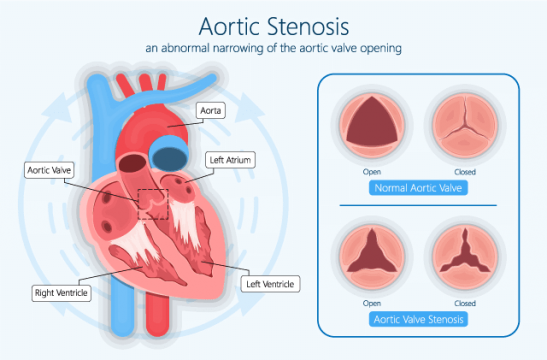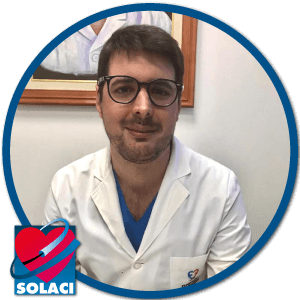Transcatheter aortic valve implantation (TAVI) has become the standard treatment for elderly patients with severe symptomatic aortic stenosis. While this has led to the development of new devices with different features, evidence from randomized studies on these new scaffolds is limited.

The randomized SCOPE I study (Safety and Efficacy of the Symetis ACURATE Neo/TF Compared to the Edwards SAPIEN 3 Bioprosthesis) demonstrated that, at 30 days, the ACURATE Neo valve (NEO) did not meet the criteria for non-inferiority in safety and efficacy compared to the SAPIEN 3 (S3) due to increased valvular regurgitation and stage II or III acute renal failure. However, long-term information is scarce.
The aim of this randomized study was to report the differences between NEO and S3 in clinical outcomes, as well as bioprosthesis failure at 3 years after TAVI.
The primary endpoint (PEP) consisted of death, stroke, hospitalization related to valve dysfunction or heart failure, de novo atrial fibrillation, acute myocardial infarction (AMI), and new pacemaker implantation. Valve dysfunction included thrombosis, infective endocarditis, and structural valve deterioration.
Researchers analyzed 739 patients recorded from February 2017 to February 2019. The average age was 82 years and most patients were male. The average STS score was 3.5%. There were no significant differences in the initial characteristics of the population.
Read also: No Reflow after Primary PCI in STEMI: An Angiographic Analysis of the TOTAL Study.
Regarding the results at 3 years, the mortality rate was 24.3% in the NEO group and 25% in the S3 group (hazard ratio [HR]: 0.98 [95% confidence interval [CI]: 0.73-1.33]). The stroke rate was 6.1% in the NEO group and 5.8% in the S3 group. Hospitalization related to valve dysfunction or heart failure was 13.9% in the NEO group and 18.1% in the S3 group (subdistribution hazard ratio [SHR]: 0.74 [95% CI, 0.51–1.07]). There were no differences in the rates of new pacemaker implantation. Additionally, there were no significant differences between both groups at 3 years in the proportion of patients with New York Heart Association (NYHA) functional class ≤2 (P=0.72) nor in prosthetic dysfunction.
Conclusion
In conclusion, the differences found in SCOPE I at 30 days in procedural outcomes and valve performance between NEO and S3 did not translate into significant differences at 3 years.

Dr. Andrés Rodríguez.
Member of the Editorial Board of SOLACI.org.
Original Title: Final 3-Year Outcomes of a Randomized Trial Comparing a Self-Expanding to a Balloon-Expandable Transcatheter Aortic Valve.
Reference: Jonas Lanz MD et al Circ Cardiovasc Interv. 2023;16:e012873.
Suscríbase a nuestro newsletter semanal
Reciba resúmenes con los últimos artículos científicos





